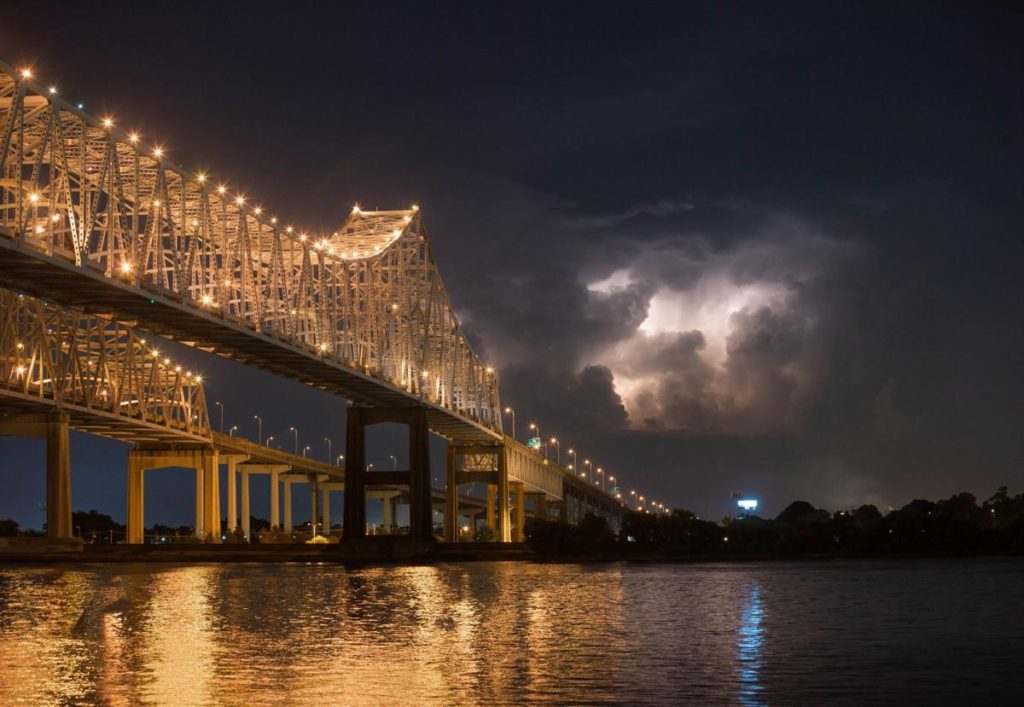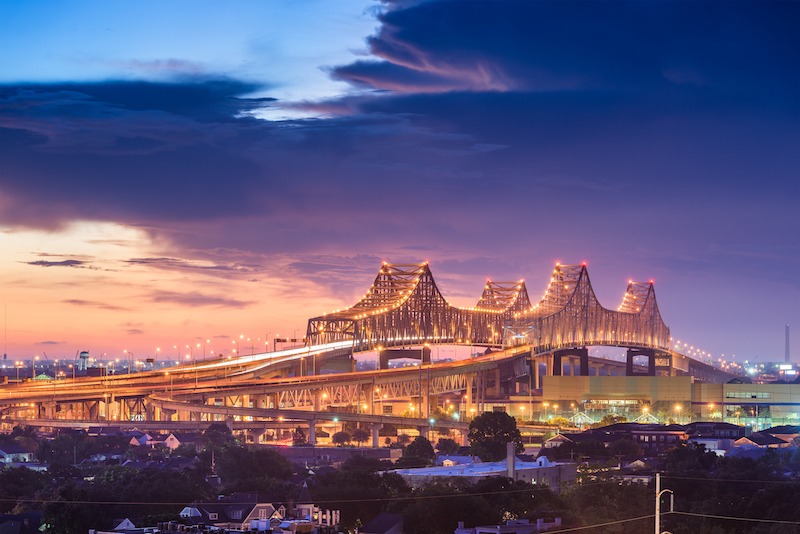Due to its location, many people don’t know a ton about the city of New Orleans. New Orleans and Louisiana as a whole is an often overlooked portion of America. That being said, New Orleans still has a long and storied history and has plenty of fascinating aspects to explore. So if you’re planning on traveling to New Orleans or are even looking to purchase one of the New Orleans houses for sale, what things should you know about the city? Here are four interesting facts about New Orleans that can teach you almost everything you need to know about the Big Easy.

French Culture
New Orleans is an extremely unique location in the United States due to the heavy influence of French culture in the city. New Orleans and the surrounding area was originally settled by the French and eventually bought by the United States in the Louisiana Purchase. However, many parts of French culture still influence New Orleans to this day, including diet and popular holidays. There isn’t really another major French enclave in the United States, making New Orleans one of the only major U.S cities to be heavily influenced by French culture.
Mardi Gras
One of the more fun aspects of New Orleans is the city’s massive Mardi Gras celebrations. Mardi Gras, also known as Fat Tuesday, is a major celebration that takes place the day before Lent begins. Typically during Lent, people give something up for forty days, representing the forty days Jesus spent fasting in the desert according to the Bible. Mardi Gras is a time of celebration, indulging in food and other vices before the solemn time of Lent kicks in.
New Orleans hosts massive parades and a good amount of masquerade balls, celebrating the holiday as no other city does. Mardi Gras in New Orleans is essentially a massive party, and you won’t find anything like it in any other U.S city.
Geography
If you know anything about New Orleans, it’s probably information about the area’s geography and climate. New Orleans is a city that is notoriously susceptible to hurricanes, being the victim of many major storms, including Hurricane Katrina in 2005. New Orleans is located below sea level, and human activity has caused the area to sink even further below sea level. In addition, many of the swamps and wetlands that are supposed to serve as natural defenses against this type of weather were demolished to expand the city. New Orleans’s combination of geography and human interference has made the city extremely susceptible to flooding and major storm damage.
Tourism
Due to New Orleans’ uniqueness, the city attracts thousands of tourists every year from all over the globe. Guests come to experience the area’s unique culture and cuisine, as well as to experience the celebration of Mardi Gras. However, those aren’t the only reasons why tourists visit the Big Easy. New Orleans also has plenty of historic districts for history lovers to enjoy, including the absolutely gorgeous French Quarter. In addition, the Mercedes-Benz Superdome is one of the largest enclosed stadiums in the world, drawing many tourists every year. All sorts of events are held in the Superdome, ranging from the College Football National Championship to massive concerts. Although you may not think of New Orleans as a traditional tourist hub, the city actually generates quite a bit of tourism.



